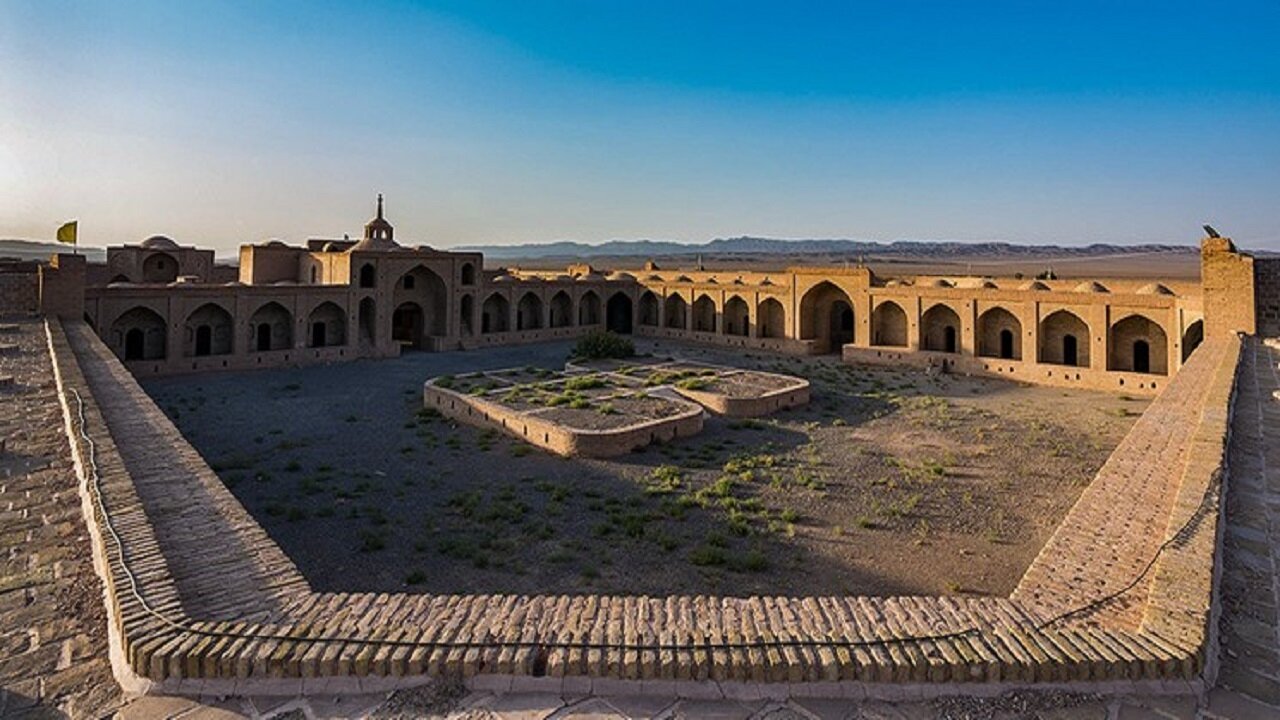Chinese ambassador highlights Silk Road caravanserais’ role in fostering cross-cultural exchange

TEHRAN - Chinese ambassador to Iran Cong Peiwu has turned the spotlight on the role of centuries-old caravanserais in linking cultures across the ancient Silk Road.
In a recent interview with Mehr news agency, the ambassador celebrated those roadside inns that once dotted from China to Iran and far beyond to Europe, fostering commerce and cross-cultural exchanges for over two millennia.
The envoy also shared his memories of a recent visit to Semnan, a province known for its rich history, natural beauty, and hospitality, which is home to many caravanserais.
Semnan is a crucial junction on the ancient Silk Road, stretching across thousands of miles, with caravanserais that narrate the 2,000-year-old legacy of the Silk Road, Cong remarked.
He described caravanserais as symbols of innovation, built to support travelers and merchants navigating the vast deserts.
“More than 2,000 years ago, China and Iran were closely connected through the Silk Road. Our ancestors worked tirelessly to construct these rest stops, promoting exchanges between nations along the route,” Mehr quoted the ambassador as saying on Saturday.
He then highlighted that caravanserais not only served practical purposes but also embodied the spirit of friendship. “It is said that along the ancient Silk Road, there was a caravanserai every 30 to 40 kilometers, where merchants from different parts of the world stopped, exchanged goods, and then continued to the next caravanserai,” he explained.
Elsewhere in his remarks, the ambassador stressed the importance of continuing the historic friendship between China and Iran across generations, adding that regional cooperation would play a vital role in deepening this bond.
“Semnan, with its abundant natural, historical, and cultural resources, holds tremendous potential for development,” he concluded.
His remarks underline China’s focus on cultural diplomacy and the revival of Silk Road heritage, resonating with the goals of the Belt and Road Initiative, which seeks to revive the spirit of the ancient trade route through modern infrastructure and cooperation.
Caravanserai or caravansarai is a compound word combining “caravan” with “sara”; the former referring to a group of travelers and the latter meaning the building. They often enjoyed massive portals supported by elevated load-bearing walls. Guest rooms were constructed around the courtyard, with stables situated behind them and doors located in the corners of the yard.
The earliest caravanserais in Iran date back to the Achaemenid era (550 - 330 BC). Centuries later, during the reign of Shah Abbas I from 1588 to 1629, a network of caravansaries was commissioned across the country.
In 2022, Iran selected Semnan to represent the country at a union of cities across the Silk Road based on an initiative launched by China to promote tourism along the ancient Silk Road.
AM
Leave a Comment